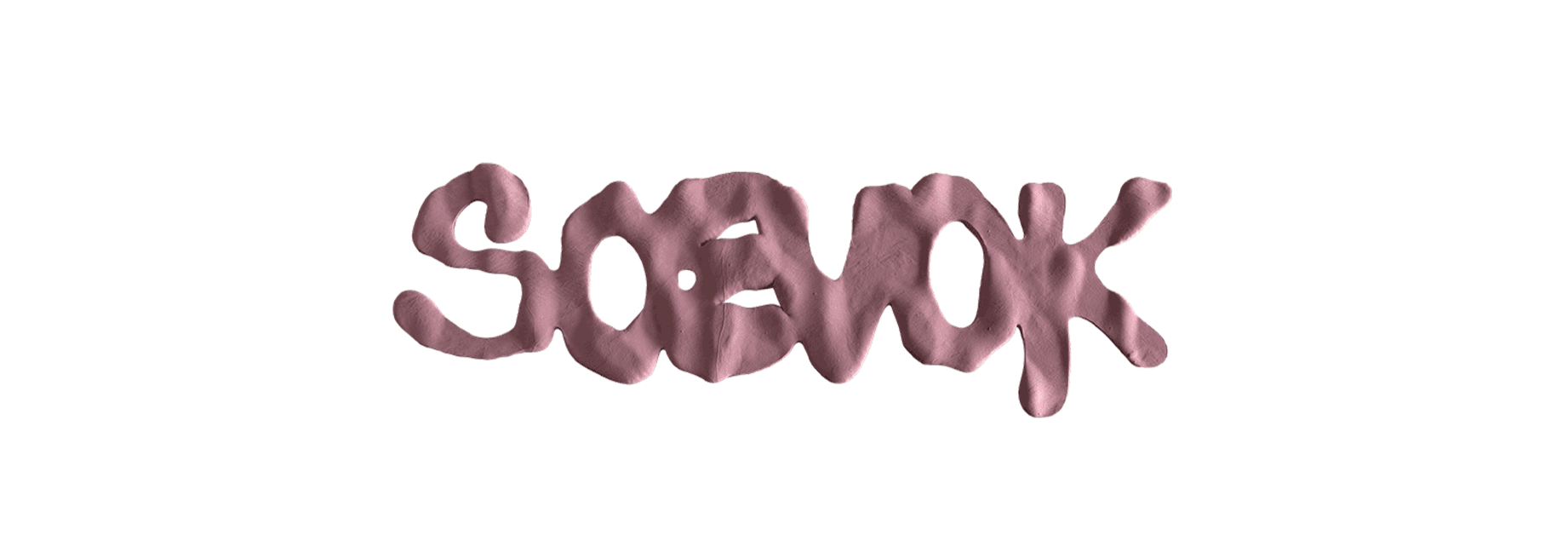sheltered in robes
clothing as housing
Home and clothing: their parallels are closely aligned. What enables us to feel at home even when we are not? What distinguishes clothing from architecture?
Vitruvius, the first architectural theorist, famously claimed that the three main principles of architecture are firmitas (strength), utilitas (utility) and venustas (beauty), and that all of these principles must be given equal attention.
The architecture of a home can be deconstructed as a durable space that provides warmth, comfort, protection, freedom of expression and movement. This is translated in my designs through the use of generous cuts and the functional flexibility that each piece provides its wearer. These clothes do not aim to reinvent fashion as architecture, but instead, I aim to present wearable, transformable and modular components, which are to be put to use and lived in. Utilitas.
Crafts[wo]manship and deliberately chosen textiles and materials make up the foundations of each piece, paying close attention to the principles and codes of couture dressmaking and bespoke tailoring. Firmitas.
I adopted the method of the British-American fashion designer Charles James and used draping to work on the silhouette.
With time and repeated wear, the materials will reveal their evolving and changing beauty. Individual pieces are finished with Japanese embroidery, an ancient stitching technique used to repair and transform textiles. Beauty is also functional. Venustas.
Clothing should not restrict us or be restricted for use by any one person, depending on their age, body type, ethnicity, gender or religion. Everybody can wear these clothes.
As a designer, I determine the intervals at which new components, modules or pieces are added. The idea of a collection, therefore, becomes obsolete. The wearer determines the definition of the item and how it should be worn according to their own needs and style, allowing them to feel at home even when they are not.



